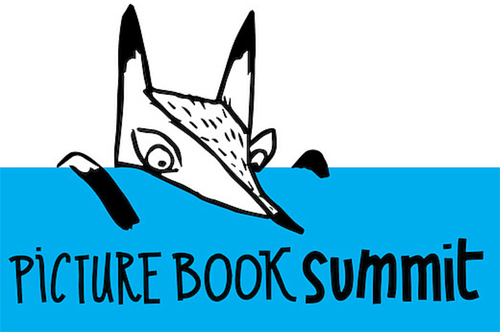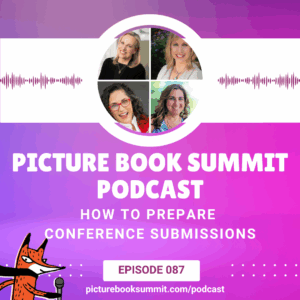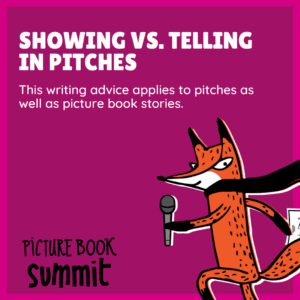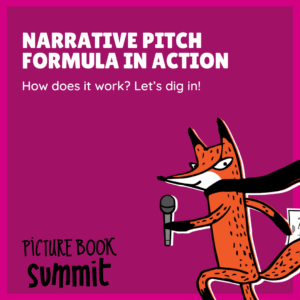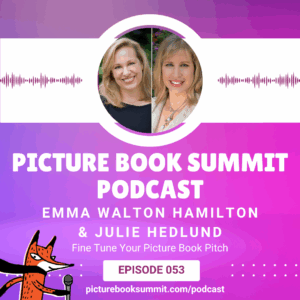
New Submission Process for 2025
We’ve changed up the Picture Book Summit submissions process for 2025! Let’s dive into the details. First, let’s introduce to this year’s Featured Agents and Editors and tell you a little bit about their panels at Picture Book Summit. 2025 Featured Agents Agents Assemble: Query Critiques to the Rescue
